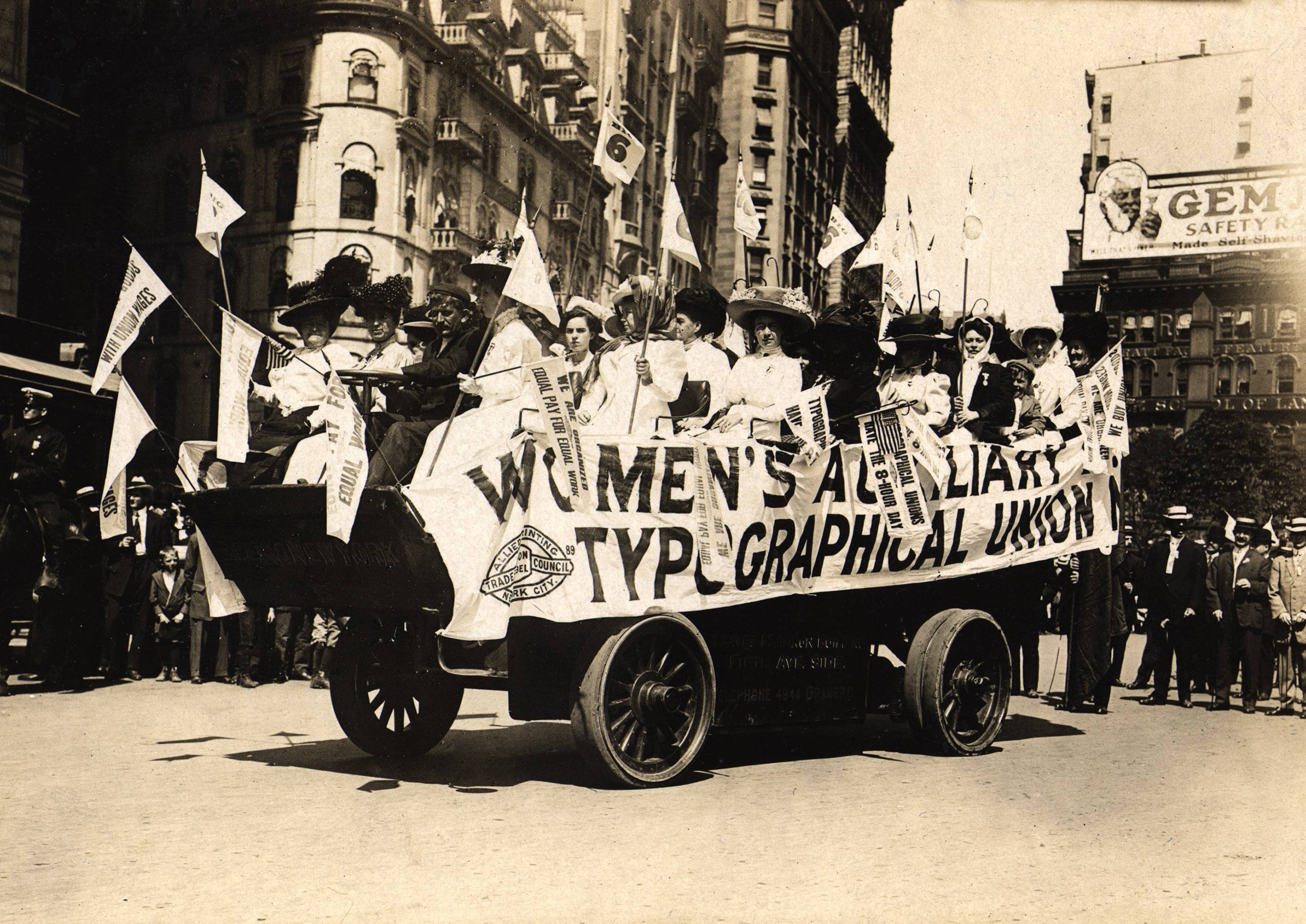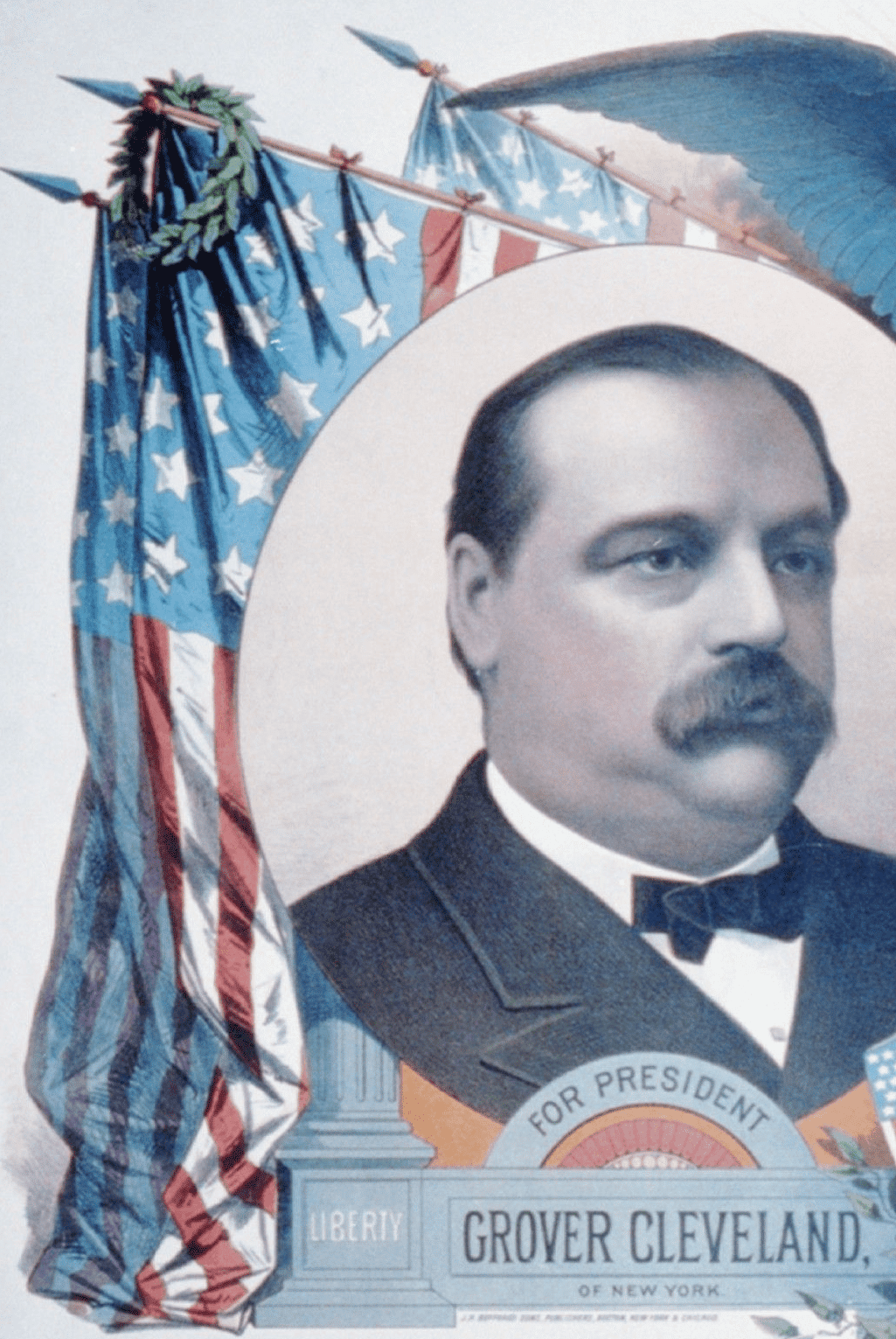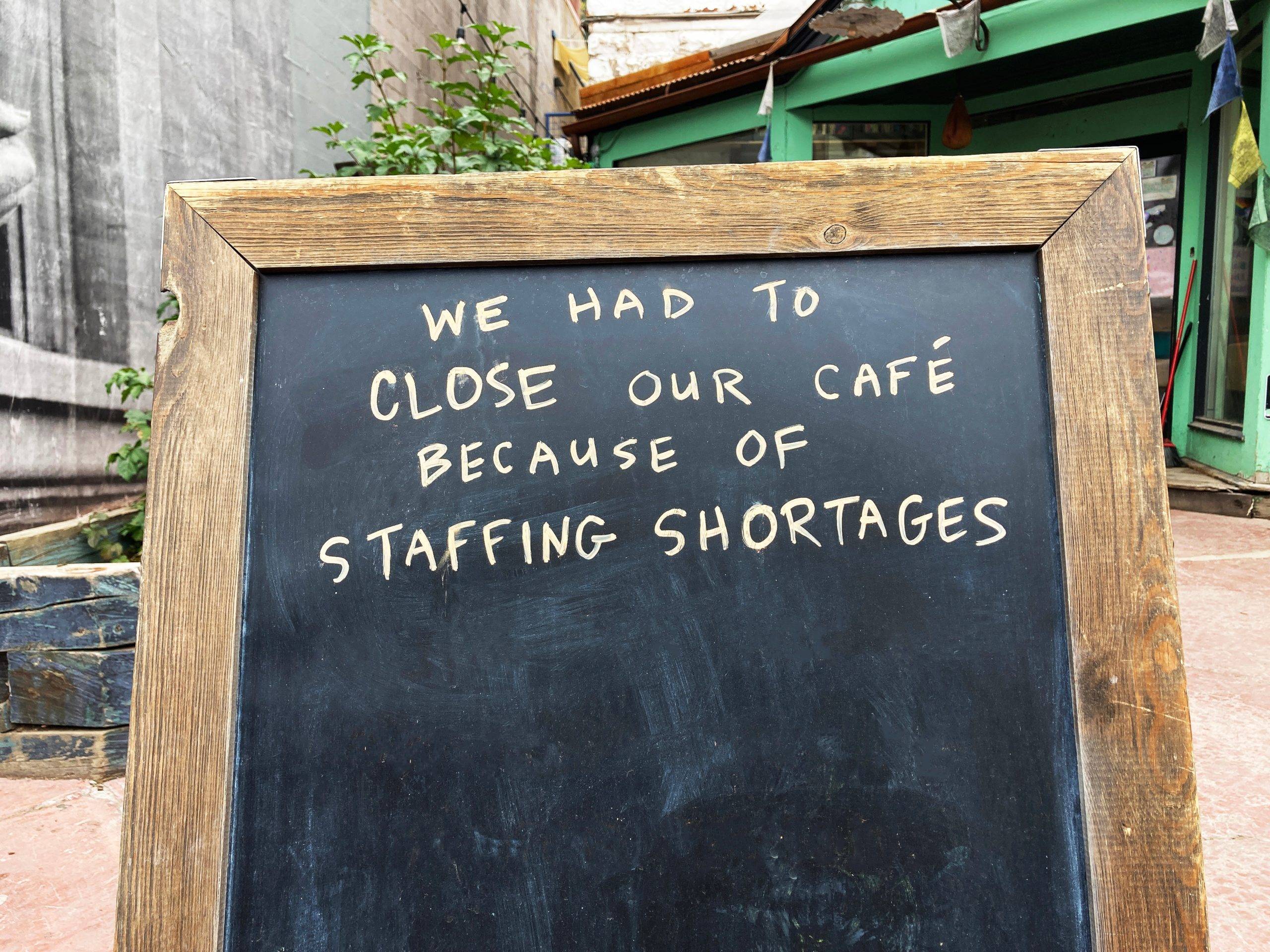
The birth of a new kind of worker…
It’s probably fair to say that people have thought longer and harder about their careers, what they want from their employer and what kind of job will satisfy them, more in the past year than almost any other year in the past. The pandemic has stirred a workforce revolution of sorts.
The U.S. Department of Labor issued data in July confirming that the job market continues to be characterized by ample job opportunities and high levels of voluntary resignations, revealing that even after two years since the pandemic first began, millions of workers continue to leave their jobs each month. You hear phrases like “The Great Resignation” or “The Great Renegotiation” or “Quiet Quitting” and “Remote Workforce Strategy.” Basically it all means that the American worker has had time to think about what he or she wants over these last two years and they don’t intend to settle anymore. CNBC reported that a Gallup poll revealed 60% of people are emotionally detached at work and 19% identify as miserable! In the U.S. specifically, 50% of workers reported feeling stressed at their jobs on a daily basis, 41% as being worried, 22% as sad, and 18% as angry.
That all sounds like it’s time for a long weekend to chill out and not think about the job. Good think Labor Day is fast approaching. Yes it’s a day off, but do you even know why it is celebrated as a national holiday?

Labor Day acknowledges the social and economic achievements of American workers. According to the U.S. Department of Labor, “it constitutes a yearly national tribute to the contributions workers have made to the strength, prosperity, and wellbeing of our country.”

Labor Day got its start more than 100 years ago and is believed to have first been celebrated on September 5, 1882 in New York City as a parade and public exhibition of the trade and labor unions of the day, followed by a day of amusement for the workers and their families. (Some things never change. Keep those BBQs coming.) By 1893, the idea of a “workingmen’s holiday” had spread to more than half the states and Congress passed a bill to establish it as a federal holiday in 1894. President Grover Cleveland signed the bill and the first Monday in September was designated as the date to celebrate. Thanks, Grover.
Coincidentally, this year – 140 years after its’ inception, we will also celebrate it on Monday, September 5th.
Here are a few more facts to mull over on your Labor Day break as they relate to today’s workforce.
Who’s Laboring?
76% of Americans are working and most fall into the ages of 25 to 54. They are known as the “prime-age” workforce. Of the 76% who work, 63.5% work full time; 13.4% part-time.
Put it in my Paycheck
Average annual earnings for the American worker is $51,480, BUT – according to a recent survey from the Federal Reserve Bank of New York, the minimum salary now required to accept a new job offer is $73,000 a year.
Going Hybrid
Once workers got accustomed to working from home during the pandemic, they decided they liked it. In fact, so much so that 63% of high growth companies have instituted it as a work model. 58% of Americans report having the opportunity to work from home at least one day a week.
I’m Outta Here
Today, the voluntary quit rate is 25% higher than it was pre-pandemic.

Staying or Going?
63% of companies say retaining employees is harder than recruiting new hires.
Who are Today’s Workers?
McKinsey & Co. put out an insightful article in July 2022 describing today’s talent pools and encouraged employers to align their workforce strategies with 5 distinct personas in the workforce:
- Traditionalists: motivated to work full time in return for competitive compensation, comprehensive set of benefits, a good title and a career path.
- Do-It-Yourselfers: those who value workplace flexibility, meaningful work and competitive compensation (typically 25-45 year old age group)
- Idealists: these workers embrace flexibility, career development, a meaningful purpose, a community of collaboration and supportive colleagues – compensation is not the priority, rather culture – having a “tribe” is most valued.
- Careergivers: put focus on health and mind. Flexibility is key to address needs for parenting, eldercare, and maintaining a healthy work/life balance.
- Relaxers: this group has completed traditional careers and are enticed to the workplace by meaningful work and flexibility; they are not putting career first anymore, but want to remain productive and useful.
Grillin’ and Chillin’?
51% of American consumers expect inflation to impact their Labor Day festivities; 22% will not be traveling this year due to gas prices; however, 94% will be chowing down with food purchases, of meat, seafood and snacks with 43% enjoying an alcoholic beverage.

Breaking Fashion Rules
Finally, that old rule of only wearing white between Memorial Day and Labor Day seems to have totally disappeared. This was a rule born of function, not fashion, when white attire and summer fabrics were just plain cooler for American workers. So, whether you work in an office, in your house or on a mountain top, what you’re wearing is far less important than the contributions you are making each day and the satisfaction derived by the job at hand.
If you are ready to make a CAREER MOVE, check out Lloyd’s latest job posts.
NEED TO HIRE? We can help there too!

